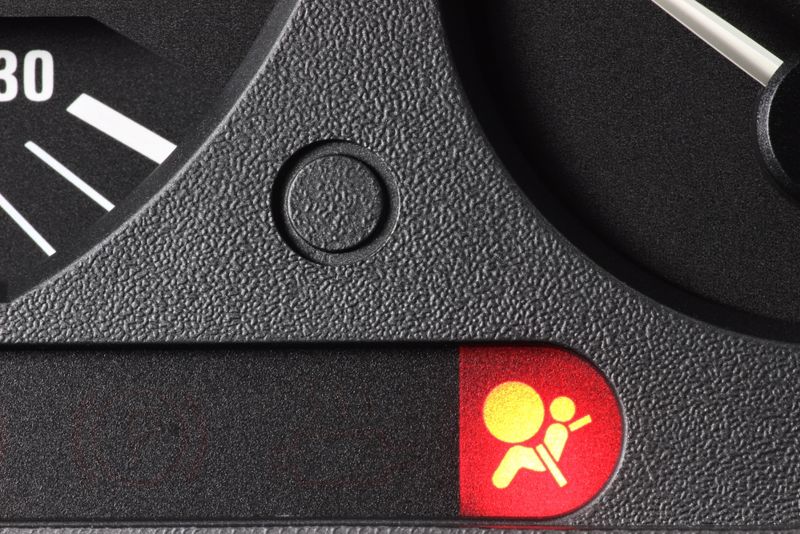

It's alarming to see old television footage of parents holding their babies in the front seat with a seatbelt nowhere in sight. Fast forward to 1998 and front airbags became mandatory in all vehicles. Hidden dashboard/steering wheel inflatables, the airbag is meant to protect the driver and the front passenger in the event of a collision. Vehicle safety has come a long way since then, thanks to technology and advancements in engineering.
Here are a few innovative safety features that could protect the inhabitants of a vehicle from injury and even death in a sudden crash.
High-tech headrests: Over recent years, headrests have evolved to help prevent whiplash when hit from behind. When rear-ended, the headrest will actually move closer to your head to keep it from swinging back. Some engineers are taking it one step further by developing the concept of an "advanced" headrest that can predict when a crash is about to occur – before it happens. How does that work? Windsor Machine Group, a Canadian headrest specialist, uses an active deployment mechanism linked to a vehicle's rear bumper camera and sensor. It then moves into position within seven-tenths of a second. Tests have shown this advancement lowers the likelihood of whiplash-related injuries.
Facial recognition software: One in 25 adult drivers have fallen asleep at the wheel of a moving car in the last 30 days, according to the Centers for Disease Control (CDC). New advancements in technology attempt to be a game-changer in tracking a driver's attention at the wheel. Using facial recognition software highly attuned to the driver's unique physical traits, the software can determine when someone's interest in the road is waning and respond with a shake of the steering wheel or seat to send a warning.
Adaptive cruise control (ACC): Most new vehicles come equipped with cruise control. It's an excellent gadget for driving long distances when there are few other cars on the road. When driving on a busy interstate, it can be cumbersome, however, to constantly turn the cruise control speed on and off. Adaptive cruise control sets a maximum speed and automatically adjusts by braking or slowing down when the car in front does. When used properly, this tech is much more efficient in reducing collisions than its traditional counterpart.

Traffic sign recognition: We don't always see every traffic sign we pass, but we should. Luckily for many new vehicles, the onboard GPS screen will relay every traffic sign to the driver just in case. So, you'll always know the speed limit you should be at – or can get ready to slow down ahead of a stop sign or upcoming train crossing.
Lane assist: The tech that measures and detects a vehicle's position within a lane continues to get more advanced. When lane assist is turned on, the steering wheel will shake or the driver will be signaled in another way if the car begins to drift. Some vehicle settings are enhanced to not let the vehicle drift into another lane unless the turn signal is on. This feature, along with blind spot monitoring, can prevent many accidents caused from vehicles merging or changing lanes when the other lane is not clear.
Vehicle-to-vehicle communication: Many drivers enjoy being able to link to Wi-Fi and enjoy many other connected features, but what if the cars could communicate themselves? The National Highways Traffic Safety Administration (NHTSA) is actively working to equip high-tech vehicles with the ability to share with each other using omni-directional messages. With a range of over 300 meters, cars can analyze and determine potential threats such as weather, upcoming traffic issues and more. By constantly communicating – sharing data from radars and cameras, for example), vehicles can prevent accidents on a much larger scale.
Greening Testing Laboratories is a fully certified brake testing lab that provides a variety of brake testing services worldwide. Contact Greening for a complimentary consultation.